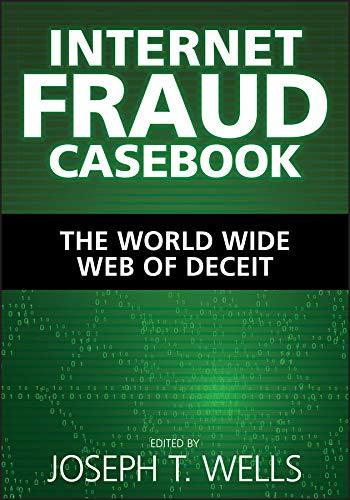


Required Information [The following information applies to the questions displayed below.] Fast Deliverles, Incorporated (FDI), was organized in December last year and had limited activity last year. The resulting balance sheet at the beginning of the current year is provided below: $ 400 Assets: Cash Accounts Receivable Supplies FAST DELIVERIES, INCORPORATED Balance Sheet at January 1 Liabilities: $ 11, see Accounts Payable 820 Stockholders' Equity: 460 Common Stock Retained Earnings $ 12,280 Total Liabilities and Stockholders' Equity 11,150 730 Total Assets $ 12,280 Two employees have been hired, at a monthly salary of $2,900 each. The following transactions occurred during January of the current year. January 1 2 3 4 5 6 7 8 $3,500 is paid for 12 months' insurance starting January 1. (Record as an asset.) $3,600 is paid for 12 months of rent beginning January 1. (Record as an asset.) FDI borrows $33,680 cash from First State Bank at 6% annual interest; this note is payable in two years. A delivery van is purchased using cash. Including tax, the total cost was $24.ee. Stockholders contribute $8,80of additional cash to FDI for its common stock. Additional supplies costing $1,500 are purchased on account and received. $800 of accounts receivable arising from last year's December sales are collected. $380 of accounts payable from December of last year are paid. Performed services for customers on account. Sent invoices totaling $11,200. $7,100 of services are performed for customers who paid immediately in cash. $2,900 of salaries are paid for the first half of the month. FDI receives $3,600 cash from a customer for an advance order for services to be provided later in January and in February. $4,100 is collected from customers on account (see January 9 transaction). 10 16 20 25 January 31a. 31b. 31c. 31d. Additional information for adjusting entries: A $1,eee bill arrives for January utility services. Payment is due February 15. Supplies on hand on January 31 are counted and determined to have cost $290. As of January 31, FDI had completed 60% of the deliveries for the customer who paid in advance on January 20. Accrue one month of interest on the bank loan. Yearly interest is determined by multiplying the amount borrowed by the annual interest rate (expressed as 9.26). For convenience, calculate January interest as one-twelfth of the annual interest. Assume the van will be used for 4 years, after which it will have no value. Thus, each year, one-fourth of the van's benefits will be used up, which implies annual depreciation equal to one-fourth of the van's total cost. Record depreciation for the month of January, equal to one- twelfth of the annual depreciation expense. Salaries earned by employees for the period from January 16 to 31 are $1,450 per employee and will be paid on February 3. Adjust the prepaid asset accounts (for rent and insurance) as needed. 31e. 31f. 31g. Required: T accounts. Set up T-accounts for the accounts on the trial balance. Enter beginning balances and post the transactions from January 1-25. Then post the adjusting journal entries from January 31. (Do not round Intermediate calculations.) Cash Accounts Receivable Credit Credit Debit Beginning Balance Debit Beginning Balance Ending Balance Ending Balance Supplies Prepaid Insurance Credit Credit Debit Beginning Balance Debit Beginning Balance Ending Balance Ending Balance Prepaid Rent Vehicles Credit Credit Debit Beginning Balance Debit Beginning Balance Ending Balance Ending Balance Accumulated Depreciation Accounts Payable Credit Credit Debit Beginning Balance Debit Beginning Balance Ending Balance Ending Balance Deferred Revenue Notes Payable (long-term) Credit Credit Debit Beginning Balance Debit Beginning Balance Ending Balance Ending Balance 0 Interest Payable Debit Credit Salaries and Wages Payable Debit Credit Beginning Balance Beginning Balance Ending Balance Ending Balance Common Stock Retained Earnings Credit Credit Debit Beginning Balance Debit Beginning Balance Ending Balance Ending Balance Utilities Expense Supplies Expenses Debit Credit Debit Credit Beginning Balance Beginning Balance Ending Balance Ending Balance Interest Expense Insurance Expenses Credit Credit Debit Beginning Balance Debit Beginning Balance Ending Balance Ending Balance Rent Expense Depreciation Expense Credit Debit Credit Debit Beginning Balance Beginning Balance Ending Balance Ending Balance









